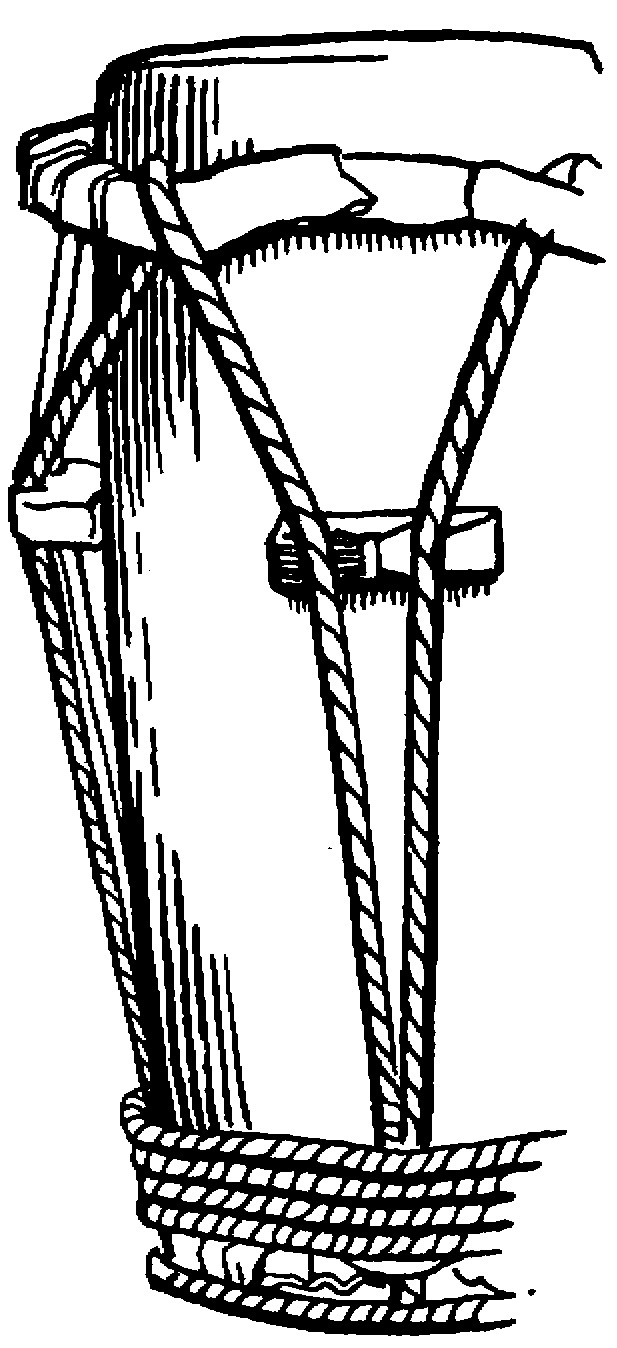Current Issue

Dear Readers,
The treatise The Musical Instruments of Madagascar was published in 1938 by the Musée d’Ethnographie du Trocadéro (later Musée de l’Homme) in Paris. Its author, Curt Sachs, was a native of Germany; by the time it was published he had already left Paris and emigrated to New York, fleeing the National Socialist government. The study, uniquely conceived and broadly executed, consists of three parts. 200 Malagasy instruments from the collection of the Musée d’Ethnographie du Trocadéro form the basis of the first part; the second complements it with observations of instruments from other museums. The third part is a sort of essay in which the author offers a somewhat kaleidoscopic look at Madagascar, including its demographics and the various cultural and political events that influenced the island’s history. The classification and distribution of Malagasy musical instruments offered Sachs a subject both vivid and complex; he takes pleasure in proving the efficacy of the method he had developed in Geist und Werden der Musikinstrumente (1929) to extrapolate the chronology of historical events from the current distribution of musical instruments. More than 80 years after its publication Sachs’ reasoning provides a good example of evolutionist thinking, which informed many ethnomusicological studies at that time.
Yu-hsiu Lu’s article “Exploring polyphony in response singing (yaqiang) during the ‘pipe-smoking event’ of the Yi people” is more than a simple ethnographic description of a musical event. The author, who graduated from the University of Vienna and now teaches at the National Taiwan Normal University, also examines the different concepts of polyphony that have been discussed and developed in ethnomusicological circles in recent years. These discussions have gradually moved away from the original definitions of polyphony, which were strictly based on musical structure, in favor of more flexible concepts that allow the inclusion of cognitive, interactive, and performative aspects. The author takes part in this discourse, finding that a distinction must be made between polyphony as a phenomenon and polyphony as a concept in the examination of polyphonic singing in the “pipe-smoking events.” Lu’s article is the first translation from Chinese that we have published. Every translation is a challenge for our team of editors, authors, translators and copy-editors; in this case we were particularly fortunate to cooperate directly with the author, without whom we might have been forced to admit defeat before reaching our goal.
“Hidden Turkish music and the issue of harmony in Turkish music” by Vahid Lütfü Salcı (1883-1950) is presented here for the first time in English, but it is likely unknown to many Turkish-language readers as well, since there is no modern Turkish edition of the essay. Salcı was a poet, musician, and folklorist, and was himself a member of the Bektaşi Order of dervishes. His paper – originally a 26-page monograph – is the first substantial work on the music of the Alevi (Kızılbaş) and Bektaşi and explores the question of how deeply these were influenced by urban Western music. Paul Koerbin, a passionate researcher into the music of the Alevi-Bektaşi in his own right, drew our attention to the work and suggested it be published in TDE. We are additionally grateful to him for his engaging and highly sensitive translation of the text into English.
Jan Stęszewski’s article “On the history of the term ‘ethnomusicology’” reopens an old discussion: who deserves the honor – in academic terms – of having verifiably used the term “ethnomusicology” for the first time? In this context, the name Ƚucjan Kamieński (1885-1964) arises, a university professor from Poznan who founded the first Polish phonograph archive in 1930 and was the first person to lecture on comparative musicology at a Polish university. In spite of these accomplishments, his name is practically unknown outside of Poland: the outbreak of World War II put an end to his academic career; he was imprisoned by the Gestapo in 1939 and, after the war, accused of collaborating with the occupying forces – in other words, he was a man who constantly found himself on the wrong side. After his death, a fragment of a typewritten article from 1934 was found among his personal effects in which he mentions “ethno-musicological” lectures – long before the publication of Jaap Kunst’s Musicologica (1950). The goal of Steszewski’s article, however, is by no means getting the last word in the formal discussion about a technical term: it aims to preserve the memory of Ƚucjan Kamieński and the year 1934.
20 years after its original publication as part of the exhibition “Theatrum Naturae et Artis – Wunderkammern des Wissens,” we are pleased to present the English translation of Susanne Ziegler’s article “Historical sound recordings in the Berlin Phonogramm-Archiv and in the Lautarchiv.” It is possibly the last time that the history of these two archives will ever be discussed and contrasted in such detail; many of these archives’ recordings have become digitally available in the meantime. As the “Author’s Note” informs us, the two archives will likely be combining their offerings at the Humboldt Forum soon, both online (www.humboldtforum.org) and physically in central Berlin. The institutions’ history and the location of the physical sound recordings may at first glance seem superfluous to interested parties and users of such online archive portals – but the question of copyrights and future commercial usage leads directly to questions of provenance, and to the question of the rightful owner of the archived materials (or their legal successor). The legal conditions under which the recordings were originally made and the politics of the institutions that commissioned the research, and which now house the archives, will be of great interest.
We wish you pleasant reading, and we are always happy to hear your reactions!
The Editors
Regine Allgayer-Kaufmann & Gerd Grupe

